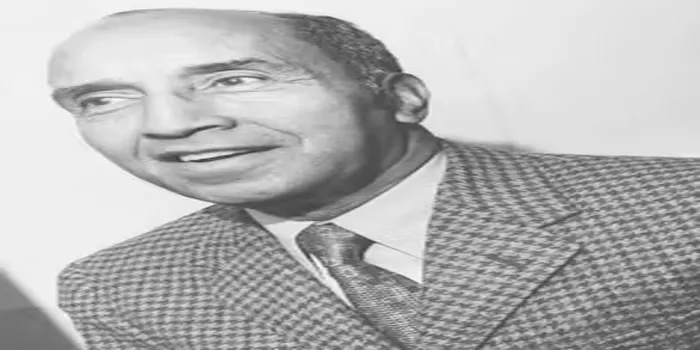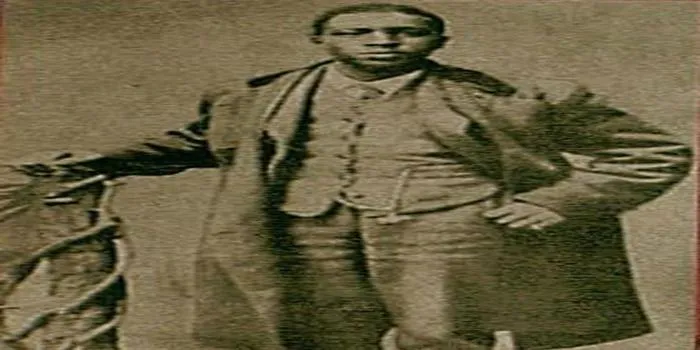- Home >
- Sport
- > Team Sports
Who Really Invented Baseball?
"Who Really Invented Baseball?" explores the origins of America's pastime, delving into the debates surrounding its true inventor, with figures like Abner Doubleday and Alexander Cartwright often cited. "The Big Apple" and its connection to New York City's vibrant culture and jazz scene highlight how nicknames reflect a city's character. The book also examines eight other famous cities, uncovering the stories and historical contexts behind their unique monikers, providing insight into the interplay of culture and identity in urban environments.

The Origins of Baseball
Baseball is often referred to as America’s pastime, but the question of who really invented the game has sparked debates and discussions for over a century. The history of baseball is a tapestry woven with numerous contributions from various individuals and cultures. While many people attribute the invention of baseball to Abner Doubleday in 1839, this claim has been widely contested.
The Doubleday Myth
In 1907, a commission led by Albert Spalding was tasked with determining the origins of baseball. This commission concluded that Abner Doubleday, a Civil War hero, invented baseball in Cooperstown, New York. This narrative was popularized and eventually led to the establishment of the Baseball Hall of Fame in Cooperstown. However, extensive research has shown that this story lacks substantial evidence and is more myth than fact.
Earlier Games Influencing Baseball
Before the formal establishment of baseball, various bat-and-ball games were played across different cultures. Here are a few notable predecessors:
| Game | Origin | Description |
|---|---|---|
| Rounders | England | A children's game similar to baseball, dating back to the 16th century. |
| Cricket | England | A bat-and-ball game that has been played since the 16th century and shares some similarities with baseball. |
| Town Ball | United States | A folk game played in the 18th century that influenced the rules of baseball. |
| Base Ball | United States | A version of the game played in the early 19th century with varying rules. |
Alexander Cartwright's Contributions
One of the most pivotal figures in the development of baseball is Alexander Cartwright, a member of the Knickerbocker Base Ball Club in New York. In 1845, Cartwright formalized the rules of baseball, which included the diamond-shaped infield, the three-strike rule, and the concept of foul territory. His contributions were critical in shaping baseball into the game we know today.
The Knickerbocker Rules
The rules established by Cartwright, known as the Knickerbocker Rules, were foundational in formalizing baseball. Here are some key aspects of these rules:
| Rule | Description |
|---|---|
| Base Layout | Baseball was played on a diamond-shaped field with four bases. |
| Three Strikes | A batter would be out after three strikes. |
| Foul Balls | Foul balls would not count as strikes. |
| Base Running | Runners could advance bases at their own risk. |
The Emergence of Professional Baseball
With the establishment of formal rules, baseball began to gain popularity. The first professional baseball team, the Cincinnati Red Stockings, was formed in 1869. This marked a significant turning point in the history of baseball, leading to the establishment of leagues and the professionalization of the sport.
Baseball's Evolution Over Time
As baseball grew, so did its rules and structure. The creation of the National League in 1876 and the American League in 1901 laid the foundation for the modern Major League Baseball (MLB). Over the years, baseball has adapted and evolved, embracing new technologies and methods, while still honoring its rich history.
Conclusion: The Collaborative Nature of Baseball's Invention
The question of who invented baseball is complex and multifaceted. While Abner Doubleday's name is often associated with the game's creation, the reality is that baseball emerged from a variety of bat-and-ball games that predated it. Alexander Cartwright's formalization of the rules played a critical role in shaping baseball into the beloved sport it is today. Rather than attributing the invention of baseball to a single individual, it is more accurate to view it as a collaborative effort that evolved over time.
As baseball continues to grow and change, its rich history serves as a reminder of the many influences that have shaped this iconic American sport.












